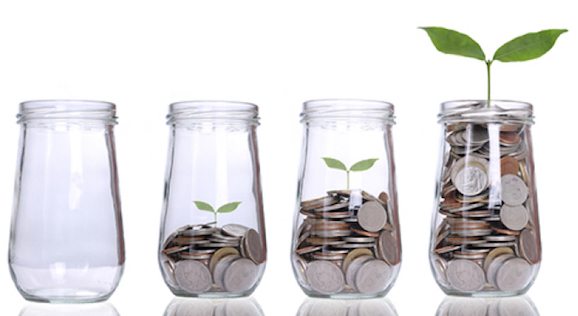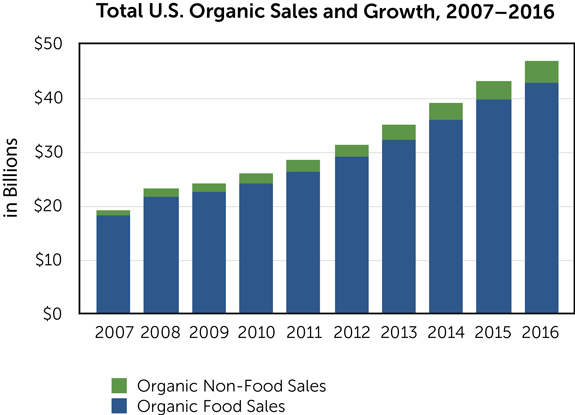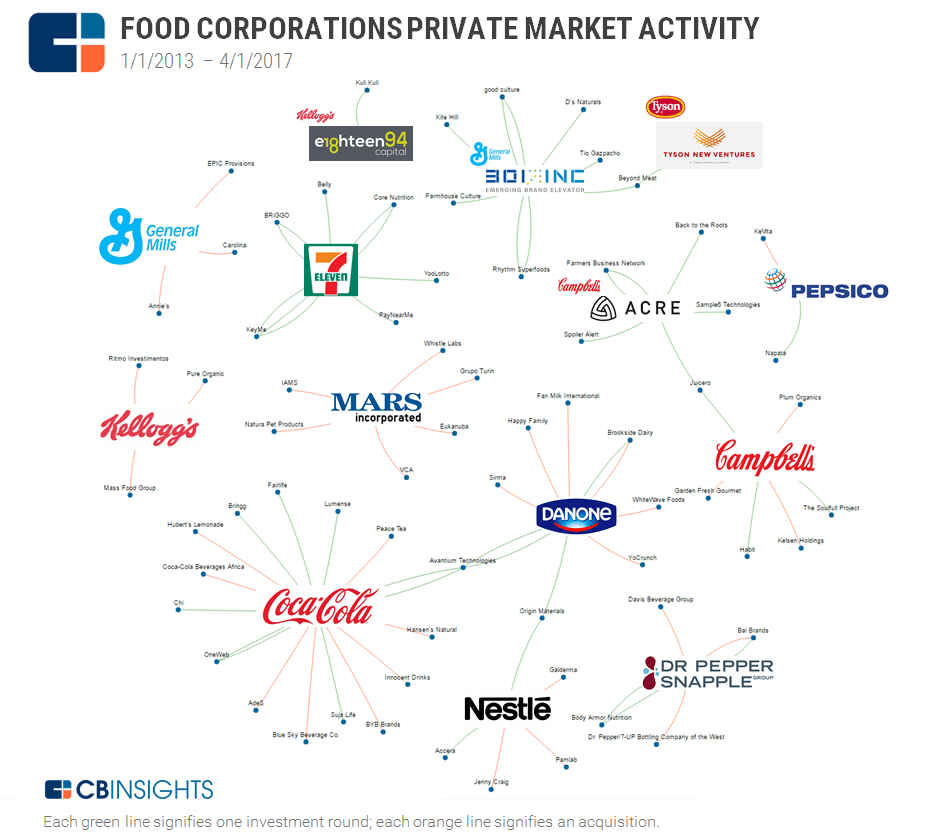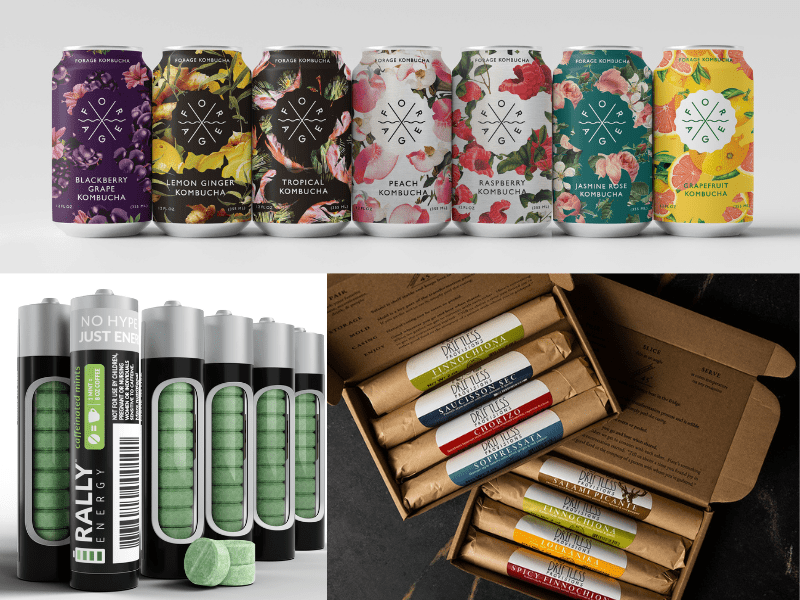[vc_row][vc_column][vc_column_text]We want to see more innovation in the food and beverage industry – innovation in products, innovation in business models and innovation in operations. Sometimes innovation means leveraging a new type of technology, like GorillyGoods’ dehydration process. Sometimes innovation is re-imagining your waste streams as business opportunities that save money and resonate with environmentally conscious consumers.
Big food companies realize that they need to innovate. Rather than innovating only in-house, many have been acquiring new brands at a rapid pace or developing corporate venture capital arms to make strategic investments in up-and-coming brands at earlier stages in their life cycles.
However, it is important to recognize the difference between food and other sectors (like tech) where there has been a lot of investor interest in innovation and disruption. Innovation in food needs to be matched with an emotional and cultural connection to the consumer through relentless communication about food companies’ brand promise. It is through those connections that products actually get off the shelves of grocery stores and food companies get the repeat buyers they need to be financially sustainable.
And now, our roundup of the best food and beverage finance news, events and resources from around the web…
Business Model Insights
- How To Build A Strong Relationship With Your Distributor (Small Food Business) – “Many food businesses make the mistake of looking at their grocery store distributor as another employee. After all, distributors are technically working to make you money, so it’s easy to see why they inadvertently make this mistake. But, distributors should be seen as partners to your business, not employees. Together, you can work to bring your business to the next level—but only if you have a strong relationship.”
- The Best Simple Business Models (Collaborative Fund)
- Navigating Emerging Food Business Models: A Comparison of the Price Premiums Consumers Pay for Convenience (Lux Research)
Raising Capital
- 7 investment firm leaders discuss the future of funding good food (New Hope Media) – “The good food movement has made trends, preferences and diets like natural and organic, or even vegan and paleo, more mainstream. However, what is niche may not develop into a $1 billion brand as sometimes happened in the past. Many investors in food companies are now targeting smaller brands for acquisition and strategic investment to capitalize on these trends. When seeking investors, brands should match themselves with the investors that share their values and provide things in addition to capital, like advice or strategic partnerships. This includes helping entrepreneurs focus their efforts on only the best opportunities. Being fully engaged with each other as partners will help all parties weather the storms of building a business.”
- Listen: Growing Organically With Stonyfield Farm Co-Founder Gary Hirshberg (Project Nosh)
- Infographic: Get out there and get fearless about funding (New Hope Media)
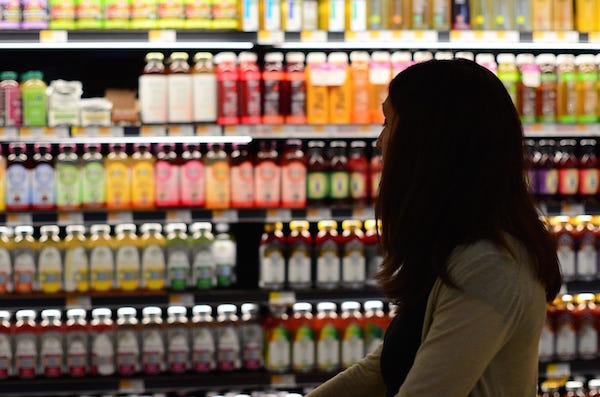 CPG/National Brands
CPG/National Brands
- Why Tech and Food Are Not The Same (The Intertwine Group) – “It is important to recognize the difference between food and other sectors where there has been a lot of innovation and disruption. Tech doesn’t have the same visceral connection to culture, tradition, and emotion that food does. We experience food differently than a lot of the other products we buy. We buy food for comfort, function, and nostalgia. We choose products for their smell, look, feel, and taste. We treasure hunt and bargain shop. As we bring change to the market, as we introduce the next great brand or product, we need be mindful of the uniqueness of food. We can’t just treat it like a tech innovation. Before you go to market, and before you find your product on the shelf, make sure you can answer this question; ‘What is the emotional, cultural, relationship I want the consumer to have with my product or brand?’ Because innovation without connection just doesn’t work in food.”
- Suppliers Predict Benefits for New Brands in WFM/Amazon Combo (Bevnet)
- Beverage Industry Is Fizzing With Innovation Like Never Before (Convenience Store News)

Market Trends
- Food waste in focus at Summer Fancy Food Show (Food Business News) – “Although recent studies suggest food waste in America may be overstated, the issue lately has inspired innovative solutions across the industry for reducing its impact. Several emerging brands use imperfect fruits and vegetables to make potato chips, cold-pressed juices and more. Many restaurant chefs are finding appealing new uses for food scraps. Wasteless is a startup that enables shoppers to pay less for a food product nearing its expiration date. The platform automates pricing processes and monitors stock levels by using intelligent bar codes and digital shelf tags. Products may be priced based on freshness, so the closer an item is to its expiration date, the cheaper it may be.”
- Why your bananas could soon cost more in the afternoon (BBC)
- Taste, Smell, Sight, Or Sound: Which Senses Make You Buy Sooner? (Fast Company)
Farming and Ag Tech
- Organic sector posts record $47 billion in sales (New Hope Media) “Organic sales in the United States totaled about $47 billion in 2016, reflecting new sales of almost $3.7 billion from the previous year. The $43 billion in organic food sales marked the first time the American organic food market has broken past the $40 billion mark. Organic food now accounts for more than 5 percent—5.3 percent to be exact—of total food sales in this country, another significant first for organic.”
- Report: Population growth means food production needs to change (Food Dive)
- Geneticists are developing heat-resistant ‘cows of the future’ to deal with Earth’s rising climate (Digital Trends)
Deals/M&A
- No big deal: Food and beverage transactions during May were small in size (Food Dive) – “Shifting consumer tastes and eating habits, a rise in small innovative brands, and an uptick in private label sales in recent years have led to revenue stagnation for many CPG categories — and companies. Growth through acquisition has become a core strategy for several food and beverage manufacturers. Other food and drink makers are jettisoning off non-core brands as well. The trend toward smaller transactions — exacerbated by May’s 59 acquisitions where none of the deals were more than $500 million — is likely to continue especially as food and drink upstarts scale up to become attractive acquisition targets and bigger brands shop around some non-core assets.”
- Feeding the Future Food Startups Report (CB Insights)
- A week after IPO, Blue Apron may be short on cash (Food Dive)
Industry Events
- Scaling Your Food Business (FaB Wisconsin) – $, 7/19 in Milwaukee, WI
- Food Innovation Forum (FoodNavigator-USA) – Free, 7/19 online
- WasteCap’s 5th Annual Food Waste Forum – Free, 7/26 in Milwaukee, WI
- Natural Products Expo East (New Hope Network) – $, 9/13 – 9/16 in Baltimore, MD
[/vc_column_text][/vc_column][/vc_row]


